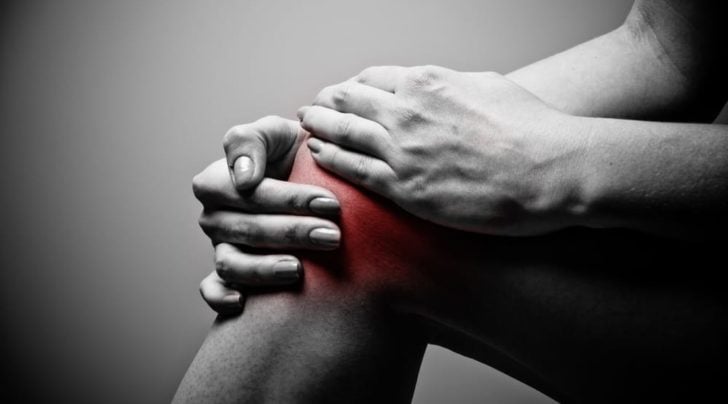
The knee joint is a common source of pain. There are many ways that people use to describe the pain that they have. Some have sharp pain, some dull, others feel piercing pain, but many complain of a burning sensation. That burning sensation is most commonly felt on the front of the knee, but it can also be felt in the back of the knee, or on the inner side of the knee. There are a multitude of causes of burning knee pain. It is a sensation that is usually a sign of inflammation within the knee joint.
WHAT CAUSES A BURNING SENSATION IN THE KNEE
A burning sensation in the knee is usually the result of inflammation. Some people mistakenly think that burning implys nerve pain or a problem with the nerves. While possible, that is not the most common cause of a burning sensation. Therefore, issues that cause inflammation within the knee are the most common reasons for a feeling of burning. These include:
- overuse injuries-
- tendonitis
- synovitis or inflammation of the knee joint
- chondromalacia or softening cartilage
- patello-femoral pain syndrome (PFPS)
- ITB syndrome in runners
- arthritis
- ligament injuries- particularly MCL injuries.
SYMPTOMS AND TYPES OF BURNING KNEE
A sensation of burning within the knee can be present in athlete or non-athletes. It can also be present in young and old alike. Some patients will only have a sensation of burning, while others may notice swelling in the knee as well. On occasion, the burning can occur in the presence of a clicking or grinding sensation.
Burning knee pain in an athlete
In an athlete it is not unusual to train a bit harder some days as opposed to others. A burning sensation in an athlete will usually occur in the front of the knee. This burning may be felt in the region of the kneecap or the tendons which attach to the kneecap. If an athlete overtrains, they can strain the quadriceps or patella tendon. Overtraining refers to a situation where your body was used to a certain level of activity, then you changed that level of activity significantly. So, instead of doing 10 squats twice a week, you now tried to do 20 or more weighted squats. To minimize the burning pain, a compression sleeve may be a good idea early on. Then focus on reengineering your training program. Most painful tendons do not want absolute rest. Most tendons will heal and recover if they are exercised with a lower intensity and less strain. A jumper’s knee, or patella tendonitis is a very common cause of pain in the front of the knee in basketballs players and sprinters. A jumper’s knee and others causes of burning tendon pain can be treated with help of a physical therapist or an athletic trainer.
Burning knee pain in a runner

Burning pain in non-athletes
People who aren’t very active can complain of a burning sensation in their knee too. This is often the result of poor conditioning, or the first sign of degeneration or osteoarthritis.
If the muscles around your knee are not conditioned or strong then the knee joint might start to bother you. This may present with a feeling of burning, or a feeling that the knee is tired or weak. You may have difficulty going up many stairs, or hills. If you see a doctor for these complaints and they do not find arthritis in the knee then they may simply advise a compression sleeve, and a course of exercises or physical therapy to alleviate that burning sensation.
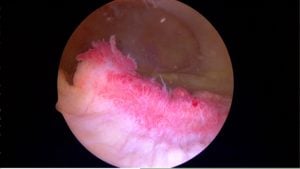
When osteoarthritis of the knee sets in the cartilage in the knee is starting to deteriorate. Osteoarthritis also causes inflammation in the knee. We refer to that specific type of inflammation as synovitis. If there is enough synovitis in the knee you will have burning pain and you will likely have some fluid in the knee as well. If you have arthritis in the knee then you can experience the burning sensation in the front of the knee, the back of the knee or on the side of the knee. Certain medications, injections, compression or support sleeves and physical therapy are very useful in managing pain due to osteoarthritis.
Burning knee pain due to the patella
The most common cause of a burning sensation or feeling in the knee is probably due to the patella or kneecap. Anterior knee pain syndrome is a feeling of pain in the front of the knee. We are not entirely sure why it occurs. It is most common in young women. We often find that the hip muscles in these patients are weak, and therefore many people with anterior knee pain or burning will respond to exercises or physical therapy.
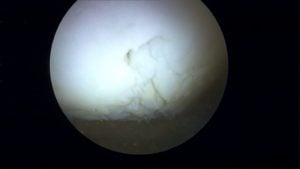
Chondromalacia or softening of the cartilage under the kneecap is also a very common cause of pain in the knee. Chondromalacia of the kneecap or patella is most common in young and middle aged women, but there are many men who suffer from this as well. Degeneration or softening of the cartilage can cause a burning feeling in the knee. Chondromalacia itself can be due to prior patella dislocations, or injuries. It can also be caused by poor patella “tracking” or mechanics. That is better explained in this article on patella subluxation.
Pain due to chondromalacia is often successfully managed with compression sleeves, and physical therapy. In a small percentage of patients, surgery might be needed if you have patella tracking issues, a history of patella dislocations, or pain that does not respond to traditional non-surgical treatments.
Nerve pain around the knee
There are many nerves which pass by the knee of pass in front of the knee. If these nerves are compressed or injured then you may experience a burning sensation. That sensation will usually be along the nerve itself. A good examination can tell you if that is the cause of your pain.
- saphenous nerve: The saphenous nerve travels along the inner side of your lower thigh and travels down to the toes. It is an uncommon cause of burning feeling on the inner side of your knee.
- infrapatella saphenous nerve: This nerve travels across the front of your knee. It can be injured if you impact the front of your knee against the ground, or another athlete. This will cause a burning pain or even numbness in the front of your knee.
- peroneal nerve: The peroneal nerve can cause pain along the outer side of your knee. That pain will usually progress down the outer side of your leg towards the ankle. This is another uncommon cause of pain, weakness and numbness.
HOW IS BURNING KNEE PAIN DIAGNOSED?
When we see you in the office we will talk awhile about where your pain is and what brings it on. We will alsos consider your lifestyle, activities, and reports of previous injury. That “history” will often give us a good idea about why you have burning knee pain. We will then examine you to try and confirm our suspicions.
X Rays will usually be performed to look for signs of osteoarthritis or other common causes of knee pain. On occasion an MRI may be useful too. Once we have a proper diagnosis, then treatment plans can be put into place.
Do you have questions regarding an Orthopedic injury or longevity?
Do you want to talk to an expert who can listen to you for 45-60 minutes and explain the options in detail?
Dr. Howard Luks offers remote guidance sessions to review your X-ray or MRI images and explain your options.
Dr. Luks has also received hundreds of requests for educational sessions on the topics discussed in his book, Longevity Simplified.
HOW TO TREAT BURNING KNEE PAIN
The treatment for knee pain will depend on the diagnosis. Often times the treatment involves a change in your training, a change in where you are running and an exercise or physical therapy program.
In order to minimize the burning pain we may recommend Tylenol, or anti-inflammatory medications too. A heating pad is often your best friend. Just do not leave it on more that 10-15 minutes at a time, and do not fall asleep with it on your knee. Hot baths helps too.
If you are given a set of exercises to do it is important that you try to make them part of your normal routine.
COMPRESSION SLEEVES FOR BURNING KNEE PAIN.
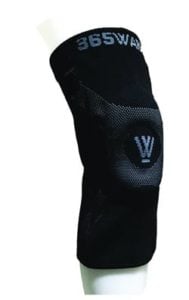
Compression knee sleeves are very useful in treating burning knee pain. These sleeves will not help everyone who suffers from knee pain, but the evidence is pretty clear, they help a significant number of you feel a lot better. The sleeves help provide temporary relief. That can help you feel better until the exercises, or physical therapy has had a chance to be effective.

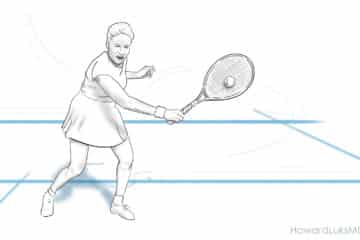

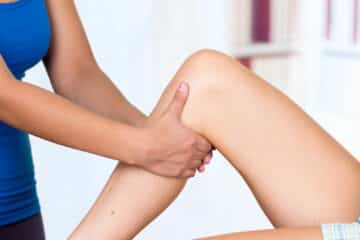









BJ Beckmann
Hi.
I have been dealing with bone marrow edema since my meniscus surgery on July 31, 2017. It took 2 Doctors and a high def MRI to diagnose the B.M. edema. I have had 2 cortisone injections. I had no relief with the first injection. The second injection, which was put into the knee cavity, worked well for 4 days. I am now facing a synvisc injection. I would like to know if bone marrow edema is a contraindicated for Synvisc. I do have compartmental arthritis which was exacerbated by the delay in care, by 6 months, and by the surgery. I am a very active 55 y/o woman who has been dealing with the burning pain which is more at the tibial/femoral junction, medially. The surgeon who performed the scope on my knee immediately informed me that I would have to have a full knee replacement. The second doctor told me I am a good candidate for a hemi. I am trying to stay away from any kind of replacement surgery for at least 5 years.
Any information, suggestions you have would be greatly appreciated.
Thank you for your time,
BJ Beckmann
Any information you can pass on or information to look at would be greatly appreciated.
injections into the knee will not typically help alleviate the pain from bone marrow edema. That’s because the edema, or inflammation is in the bone itself. This is a common issue after meniscus surgery, especially in middle aged women. Osteoporosis leads to these stress reactions. Anyways… in certain situations a procedure called a subchondroplasty can work to alleviate your pain. A good examination, a good look at your MRI and a long discussion is needed to determine if it is an appropriate consideration in your case.
Good Luck
Howard Luks